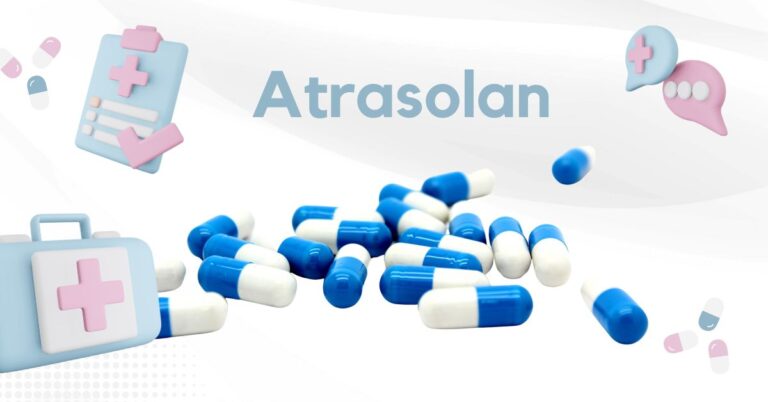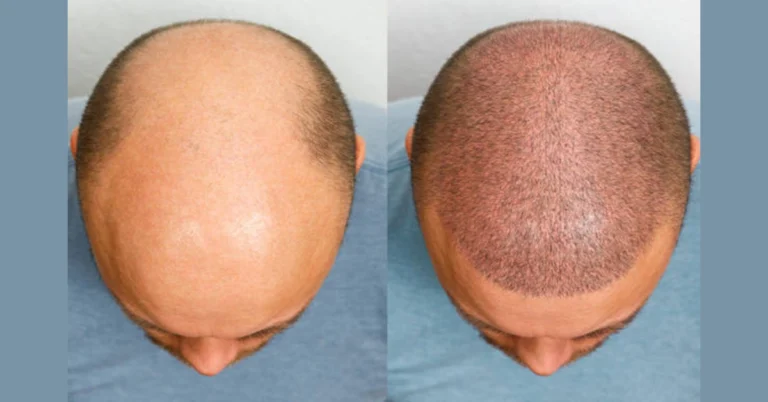How Telehealth is Bridging the Gap in Healthcare Access
Telehealth has emerged as a transformative force in healthcare, significantly improving access to medical services for diverse populations. By leveraging digital technologies, telehealth bridges the gap between patients and healthcare providers, particularly benefiting those in underserved and remote areas. This article explores how telehealth is making healthcare more accessible and the various ways it is transforming patient care.
Expanding Reach to Remote Areas
One of the most profound impacts of smart telehealth solutions is their ability to reach patients in remote and rural areas where healthcare services are often limited. In many rural communities, the nearest healthcare facility can be hours away, making it difficult for residents to receive timely care.
Telehealth mitigates this issue by allowing patients to connect with healthcare providers from the comfort of their homes. Through video consultations, remote monitoring, and online health platforms, patients can access medical advice, diagnoses, and treatment plans without the need for travel.
Reducing Barriers to Vulnerable Populations
Telehealth also plays a crucial role in reducing healthcare barriers for vulnerable populations, including the elderly, disabled, and those with chronic illnesses. These individuals often face significant challenges in visiting healthcare facilities due to mobility issues or the need for continuous care. Telehealth services like remote monitoring and virtual check-ins provide these patients with regular access to healthcare professionals, ensuring they receive consistent and comprehensive care.
Enhancing Access to Specialists
Access to medical specialists is another area where telehealth is making a significant difference. In many regions, there is a shortage of specialists, forcing patients to wait weeks or even months for appointments. Telehealth facilitates faster access to specialist care by enabling primary care physicians to consult with specialists via teleconferencing. This not only accelerates the diagnostic process but also ensures that patients receive timely and expert care.
Streamlining Care for Chronic Disease Management
Chronic diseases require ongoing monitoring and management, which can be challenging for patients who need frequent doctor visits. Telehealth solutions, such as remote patient monitoring (RPM), allow healthcare providers to track patients’ health data in real-time.
Devices that monitor blood pressure, glucose levels, and other vital signs send data directly to healthcare providers, enabling proactive management of chronic conditions. This continuous monitoring helps in the early detection of potential health issues, reducing the risk of complications and hospitalizations.
Improving Mental Health Services
Telehealth has also revolutionized mental health care by providing greater access to mental health professionals. Stigma, lack of nearby providers, and long waiting times often prevent individuals from seeking mental health support.
Telehealth offers a discreet and convenient way to receive counseling and therapy, making it easier for people to get the help they need. Virtual therapy sessions and online support groups have become increasingly popular, breaking down the barriers to mental health care access.
Enhancing Convenience and Efficiency
For many patients, convenience is a significant factor in seeking healthcare. Telehealth enhances convenience by offering flexible scheduling and reducing the need for travel and waiting times. Patients can schedule appointments outside of traditional office hours, making it easier for those with busy schedules or caregiving responsibilities to receive care. This flexibility leads to increased patient satisfaction and adherence to treatment plans.
As telehealth technology continues to evolve, it holds the promise of further breaking down barriers to healthcare, ensuring that more people receive the care they need, when they need it. By embracing telehealth, the healthcare industry can move towards a more inclusive and accessible future for all patients.







